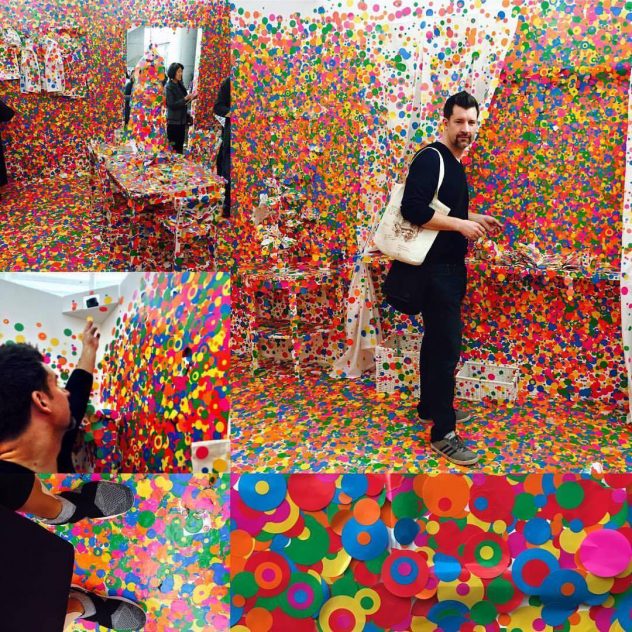LIVING SPACES
Visual Culture
Level: First/Second Year Art & Design/ ESL low-intermediate to high-intermediate
Language Focus: leading and non-leading language + persuasive arguments
Design Focus: ethnographic research + technical drawing + 3D modeling, multi-sensory experiences + public/private spaces and structures
Time: 3 classes of 2h 40 min. (each class 1h 50min activities + 25min. break/debrief)
Prep time: 3.5 hours
Lesson Description:
In this lesson, the teacher introduces students to ethnographic methodologies, such as interviews, photographs, sound recordings, and field notes for students to conduct ethnographic research in a neighborhood of their choice, and analyze findings through the lens of visual culture. Students will visit the site and, after doing preliminary research—of its history, purpose, mission, culture—will embark on ethnographic research of the space. Amplifying all senses (sight, sound, touch, smell, taste, proprioception) teams will collect data in the form of copious field notes, sound recordings, interviews, photographs, and physical samples (if available and relevant).
Using their findings as a premise, students envision and design
their ideal living space as a response to their experience of the neighborhood; in addition. students submit a research paper
explaining final design solutions.
Yayo Ikusama, National Art Center. Tokyo, October 2017.
Courtesy of Suhail Graves.
Class 1
FOR TEACHER:
Readings:
- Discovering Design, Richard Buchanan and Victor Margolin, 1995
- Graphic Design Theory, Helen Armstrong, pages 119-123
Visual Aids:
- Digital Installation by TeamLab
- Contemporary installation artists:
FOR STUDENTS:
Readings:
- Doing Interviews, Steinar Kvala, pages 59-63
- Research Methods for Cultural Studies, Michael Pickering (Section Five: Linking with the Past, chapter 10: Engaging with History, page 193-213)
Handouts:
- Design vocabulary
- Ethnographic research
- Leading and Non-Leading Cheat Sheet
- Every Room Makes a Story, Tales from the Pages of Nest Magazine (excerpt) edited by Joseph Holtzman
Worksheets
- Interviewing
Class 2
FOR TEACHER:
Readings:
Visual Aids:
– NEST MagCulture/Archive
FOR STUDENTS:
Readings:
- Intro to Visual Culture Analysis, Martin Irvine, 2004-2011
- On the relation between ‘visual research methods’ and contemporary visual culture, Gillian Rose
- Research Methods for Cultural Studies, Michael Pickering (Section Three: Quantity and Quality, chapter 6: Why Observing Matters, page 105-124; Section 4: Texts and Pictures, chapter 7: Analyzing Visual Experience, page125-149)
Handouts:
- See Yourself Sensing: Redefining Human Perception (excerpt), Madeline Schwartzman
- Spaced Out, Alastair Gordon, 2008
- What are Multi-Sensory Environments? cdhaf.org
Worksheets
- Framing Hypotheses
- Visual Culture analysis

